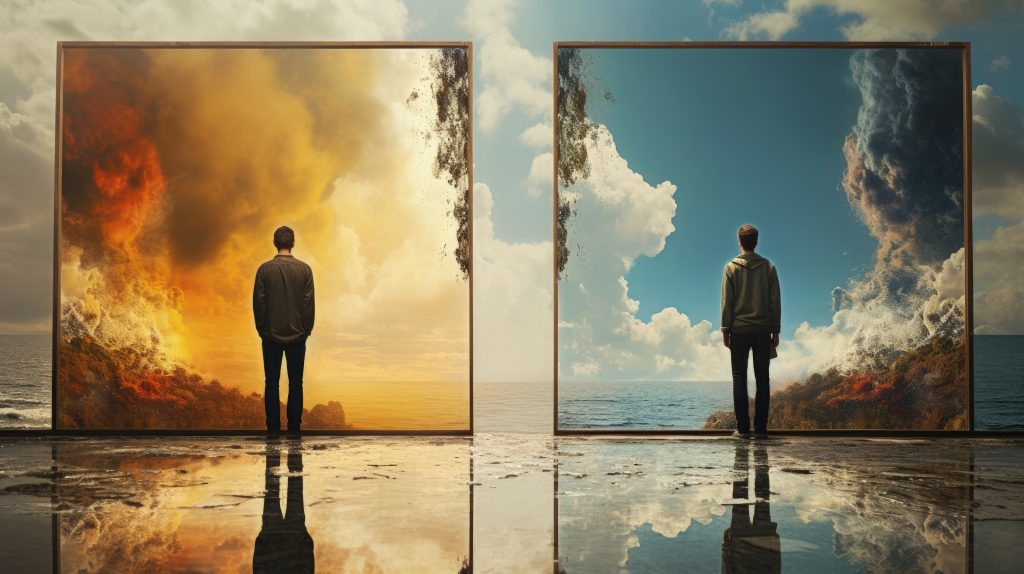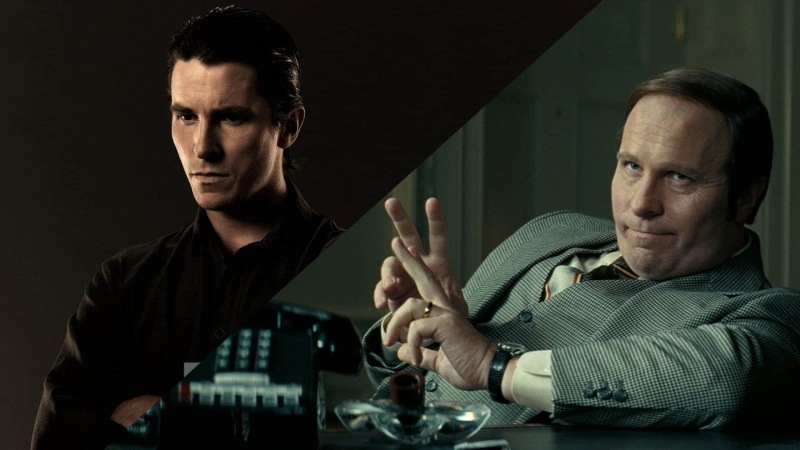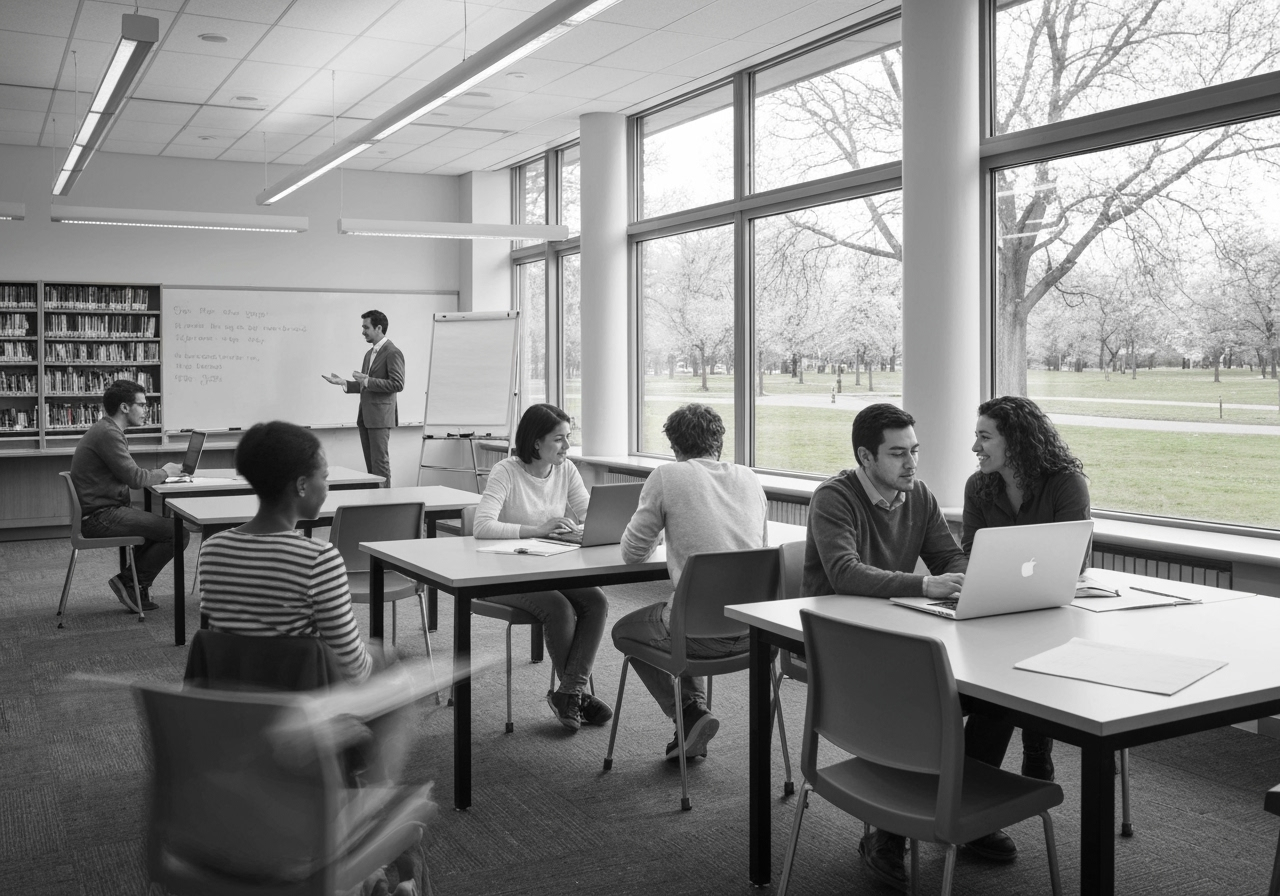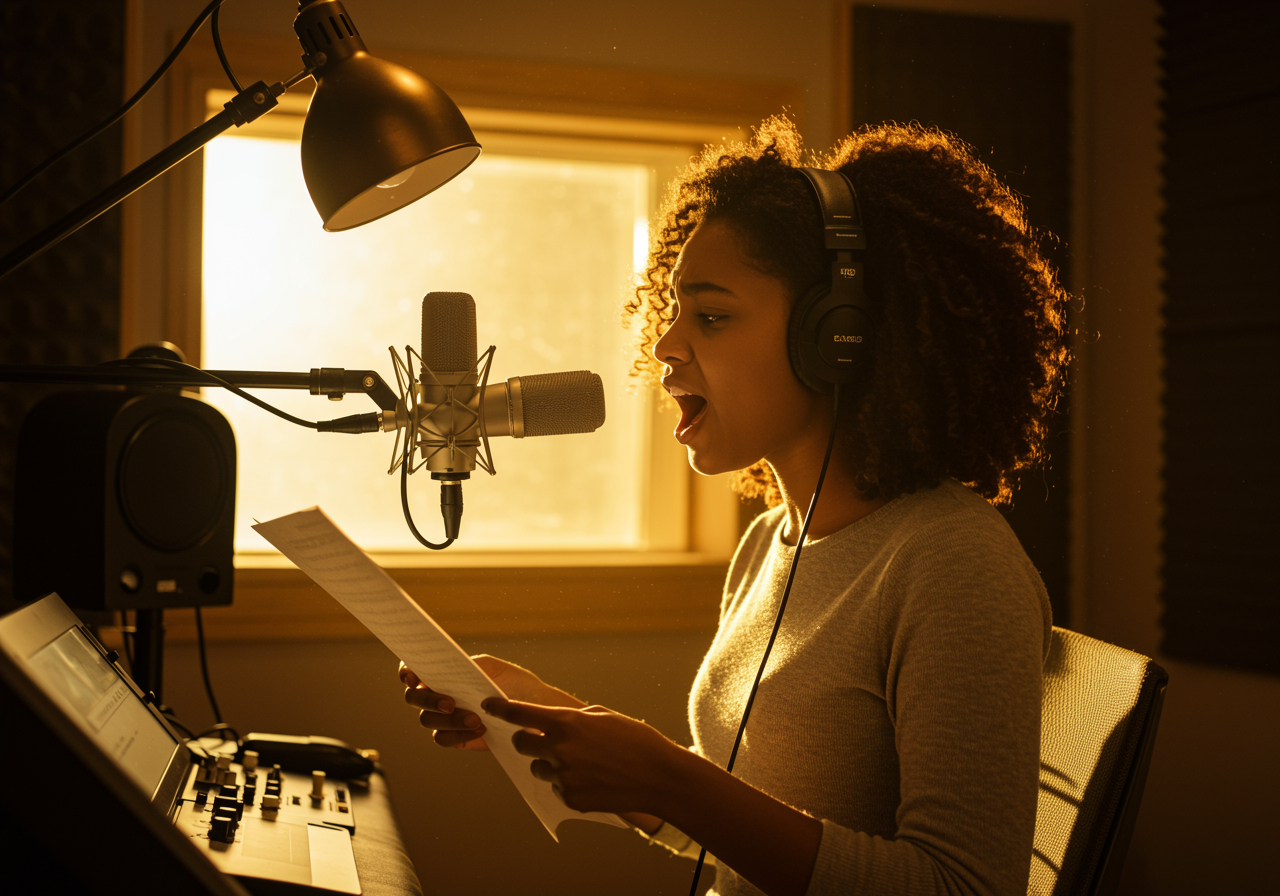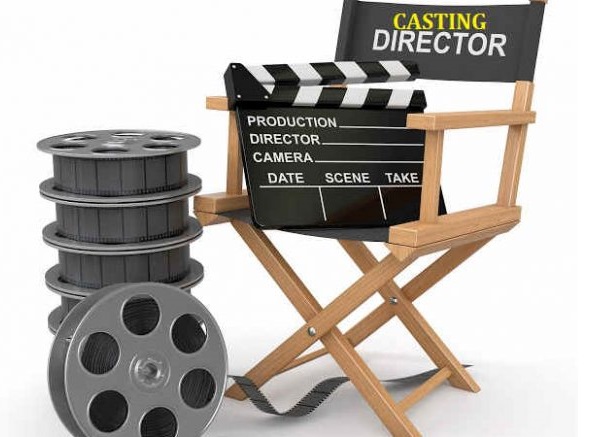CGI vs Practical Effects: Pros, Cons & Best Uses in Film
CGI and practical effects often occur together in movies. While the former uses computer-generated images, layering them with live-action footage, and creating an immersive experience, the latter uses wireworks, harnesses, weather effects, and makeup and prosthetics on sets to add a sense of hyper-realism to the movie.
This article will let you explore CGI vs. practical effects, weigh their pros and cons, and understand when filmmakers use each of these to add a little magic to films.
What is CGI?
CGI, or Computer-Generated Imagery, uses digital tools and software to create images and animated videos. It is being increasingly used in the media and entertainment industries—in films, TV shows, Ads, video games, and so on.
CGI is a subset of VFX and can be 2D or 3D. From the intricate worlds of Toy Story and Frozen to Movies like Avatar, CGI has been heavily used to aid the live-action sequences and create scenes that cannot be shot in real life.
Do you want free career counseling?
Ignite Your Ambitions- Seize the Opportunity for a Free Career Counseling Session.
- 30+ Years in Education
- 250+ Faculties
- 30K+ Alumni Network
- 10th in World Ranking
- 1000+ Celebrity
- 120+ Countries Students Enrolled
Read Also: CGI in Filmmaking: Evolution, Impact & Future Trends
In contrast to traditional animation, CGI animation is entirely digital and doesn’t require the animator to meticulously create each frame. Instead, professionals create skeletons and key movements while the software takes care of making sequences and transitions.
What Are Practical Effects?
Practical Effects are visual illusions created using props, makeup, and other techniques on set. As opposed to CGI, special effects are added while shooting using creative ideas like costumes, prosthetics, controlled explosions, etc.
Book Now →
To put it simply, practical effects are used to create actions that look realistic, but without using CGI. Movies like RRR and Krrish used wires and harnesses for stunts and action sequences, and controlled fires for a more life-like effect, while movies like Kantara and Tumbbad used prosthetics and makeup for an intense feel.
CGI Vs. Practical Effects – Key Differences
Although both practical effects and CGI are essential tools movie makers use to enhance scenes, add depth and drama, and make frames look more realistic, they each have their uses, importance, and methods.
The following table provides a detailed understanding of the two visual effects that define storytelling in modern cinema.
Do you want free career counseling?
Ignite Your Ambitions- Seize the Opportunity for a Free Career Counseling Session.| Parameters | CGI | Practical Effects |
| Definition | Computer-generated images are visuals – 2D and 3D, still or moving – that are created using advanced software. | Practical Effects are realistic effects created using props, makeup, and pyrotechnics to enhance the life-like feel of a film. |
| Tools | Professionals use digital tools and software in post production, including – Adobe After EffectsBlenderMaya Green screens and Motion capture suits are crucial for bringing CGIs to life. | Some of the common tools include wirework for stunts, miniatures or scaled-down models of real-life objects, prosthetics, artificial blood, and elaborate costumes. |
| Cost and Time | While installing devices and software can be expensive, animated environments and frames can be reused and scaled, and take considerably less time. AI and automation have further streamlined digital processes, making them time-efficient. | Practical effects can be cost-effective for small scenes and small-scale sets. However, for action sequences and prosthetics, preparations and reshoots are highly time-consuming. |
| Flexibility | Digital tools offer much more flexibility, allowing filmmakers to edit, add elements, alter colors, and more. | The scale and time required to create practical effects offer low flexibility. Once a scene has been filmed, changes might require reshooting. |
| Interaction with Actors | Requires strong imagination since actors often have to interact with green screens. | Actors interact with real props and rely on intense, realistic makeup, which makes it easier to feel involved and act accordingly. |
| Skills You Need to Learn | RenderingSoftware like Blender and After Effects2D and 3D animation processes | Makeup and ProstheticsCreating scaled-down modelsUnderstanding of GeometryGetting acquainted with different materials. |
Read Also: How to Become A Successful Film Director in Bollywood
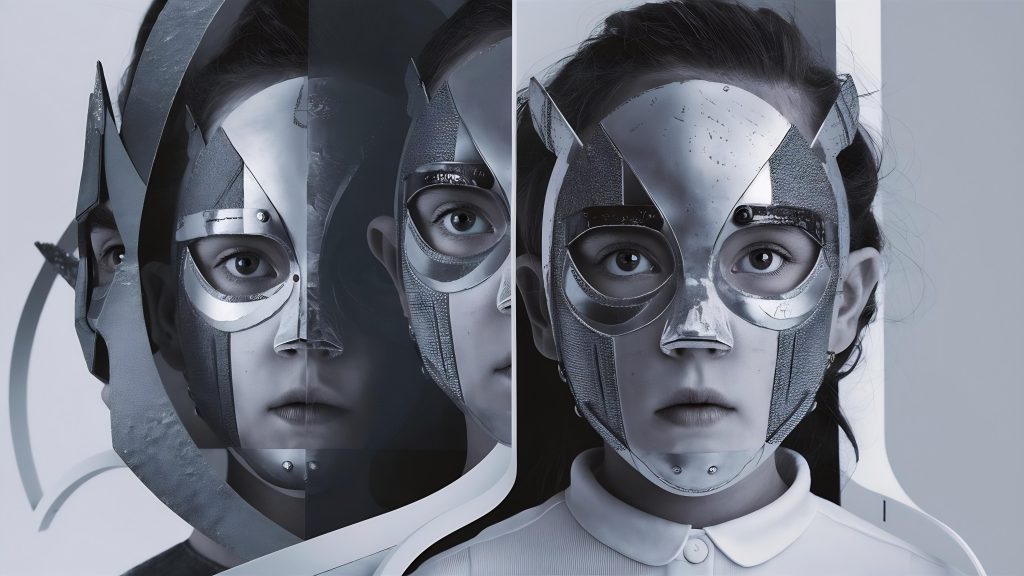
Where to Use CGI in a Film?
From detailed environments to fantasylands, mythical creatures, and scenes that are impossible to shoot, CGI is a visual storytelling element that elevates both the perception and the experience of cinema.
Here are 4 instances where CGI can be useful in a movie –
- Animation
CGI can be used to make entire films, their characters, backgrounds, and environments. These often have complex stories, plots, and relatable and fun characters.
Films like Toy Story are prime examples of how CGI has been used in animation to enhance storytelling and add to its depth.
- Character Development
CGI allows filmmakers to develop fantastical and mythical characters like the dinosaurs in Jurassic Park, making it appear realistic and adding a sense of drama to each scene.
With modern techniques that allow animators to precisely capture facial expressions and depict different emotions, the use of CGI is becoming more prominent, allowing viewers to resonate with the characters and their journeys.
- Creating Backgrounds and Environments
CGI lets filmmakers add elements that are beyond reality, craft backgrounds where shooting might not be possible, and experiment with the genre.
Think of the rich and regal backgrounds in Baahubali. From the enchanting forests to beautiful waterfalls and other areas of the kingdom, creators used CGI to craft each scene, bringing the story to life.
Read Also: Scriptwriting 101 – Tips Every Aspiring Writer Should Know
Brahmastra, for instance, heavily used CGI for action scenes, moments of battle, and visually striking backgrounds.
- Compositing
Compositing is a technique where CGI elements are layered over live-action footage. Actors can shoot using green screens and motion capture suits, and the effects are added later in post-production.
Compositing helps creators to think outside the box and combine the best of both worlds to emotionally connect with the viewers.
Where are Practical Effects Used in A Film?
Practical effects have long been used in movies to elevate their visual appeal and make sets, characters, and sequences appear realistic.
Although advanced computer graphics has transformed how movies are made, practical effects are still integral to movies for their poignancy and human touch.
Here are some key ways these effects are interlaced in modern cinema –
- Action Scenes
Stunts using wires and harnesses for extravagant stunts, pyrotechnics, and using robotic devices to create realistic movements are some of the most common ways practical effects are applied to enhance action sequences.
These effects make scenes more engaging, drawing in viewers, and making them empathise with the story and its characters.
- Creating Miniature Sets
Some movies might require locations that are impossible to find, or sets that are too complex to create in real sizes. This is when miniature sets come in.
These are scaled-down versions of buildings, roads, vehicles, and landscapes that allow filmmakers to create an illusion of life-size locations.
The Lord of the Rings Trilogy is particularly known for using miniatures and photographing them in a way that creates a sense of depth and makes the sets look realistic. Using miniatures helps bring down the production cost, and accommodates complex scenes in smaller spaces.
- Adding Weather Effects
Artificially adding weather effects allows directors to control the intensity, scale, and direction. Sprinkler systems for rain, wind machines and fans, sno-foam, and fog machines are some of the most common ways to manipulate the weather on set.
However, weather effects like wind and rain can be difficult to handle and require expertise. Professional teams might need long hours of preparation and wraps, and need to work around budgets to accommodate expensive machines and setups.
- Intense Makeup
Makeup and Prosthetics are one of the most prominent practical effects used in cinema. It helps visualize injuries, create characters, age actors, and add or modify features to craft different looks, while making everything look realistic.
Read Also: Evolution of Indian Cinema: Everything You Need to Know
Popular movies like Frankenstein, Beetlejuice, The Curious Case of Benjamin Button, or Indian movies like Paa, Chhapak, and Uyare used intense makeup and prosthetics to showcase injuries, ageing, or features that are beyond the human body. Makeup and prosthetics are what made these movies so relatable and poignant, appealing to the emotions of their viewers.
CGI Vs. Practical Effects – Pros and Cons
While both CGI and Practical Effects are extensively used in films, their use cases, efficiency, and productivity can vary with context.
Read the following table to understand the different pros and cons of using these effects and to know what you need for your next creative project.
| Parameters | CGI | Practical Effects | ||
| Pros | Cons | Pros | Cons | |
| Cost | There are only one-time costs of installing the devices and software. | Acquiring skilled talent and constantly upgrading to keep up with technological changes can be expensive for smaller and mid-level production houses. | Practical effects can be cost-effective for smaller scenes or sets. | Reshoots, modifications, cost of materials, and making charges can make production expensive for large-scale movies. |
| Time | Often shot with a green screen, which requires less time | Post-production can be time-consuming, with each element created and layered seamlessly into the footage | With props and physical sets while shooting, practical effects require relatively less time in post-production. | Making prosthetics, makeup, and setting up the props and harnesses each time can take a lot of time. |
| Creativity | Allows a lot of room for creativity and lets professionals experiment with different techniques, environments, effects, and characters. | A lack of proper understanding of compositing or software can lead to poor graphics, which can negatively affect storytelling and ruin the aesthetics. | Professionals can create immersive and realistic-looking sets and use camera angles in miniature models to make them seem life-size. | While there are plenty of creative techniques used in practical effects, set designers and technical professionals are often restricted by what is physically possible to create within the film sets. |
| Complexity | It’s relatively easy to change, modify, and redo. | Multiple modifications and edits can require a long time and add to the production costs. | One perk of using practical effects is that it is immediately visible on camera, and can be moved around and modified instantly. | Once the shoot is complete, even minor changes might require a complete redo. |
| Safety | CGI is a safer option when it comes to dangerous or highly unrealistic stunts or action scenes. | Less actor interaction can make scenes and dialogues appear unrealistic and forced. | With practical effects, actors can interact with their surroundings on set. Most of the effects employed on sets are safe, provided the makers follow the due protocol. | Stunts and fight sequences can be dangerous to shoot, and there are chances of props breaking and injury. The quality of harnesses, materials used in props, and skin-friendly prosthetics is important to ensure maximum safety. |
Conclusion
The use of CGI in movies has allowed filmmakers to add magical and fantastical elements in movies and experiment with different effects, backdrops, and environments in post-production.
Read Also: Top 10 Career Options to Pursue in 2025
Although AI integration and modern software have transformed the use of visual effects in cinema, practical effects continue to play an integral role in shaping the story and making it more relatable by adding realistic elements.
If you are an aspiring filmmaker who wants to learn more about CGI vs. Practical effects, explore different techniques and software, and make your first film using the best of both, don’t forget to check out the courses offered by AAFT, Noida.
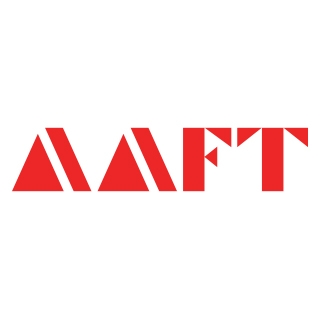
AAFT has been providing the world with limitless creativity and expression since 1993! Through a dynamic and industry-driven curriculum, AAFT provides engaging and captivating articles to persuasive blogs and empowers its readers to explore diverse avenues of creative media education-related content.


